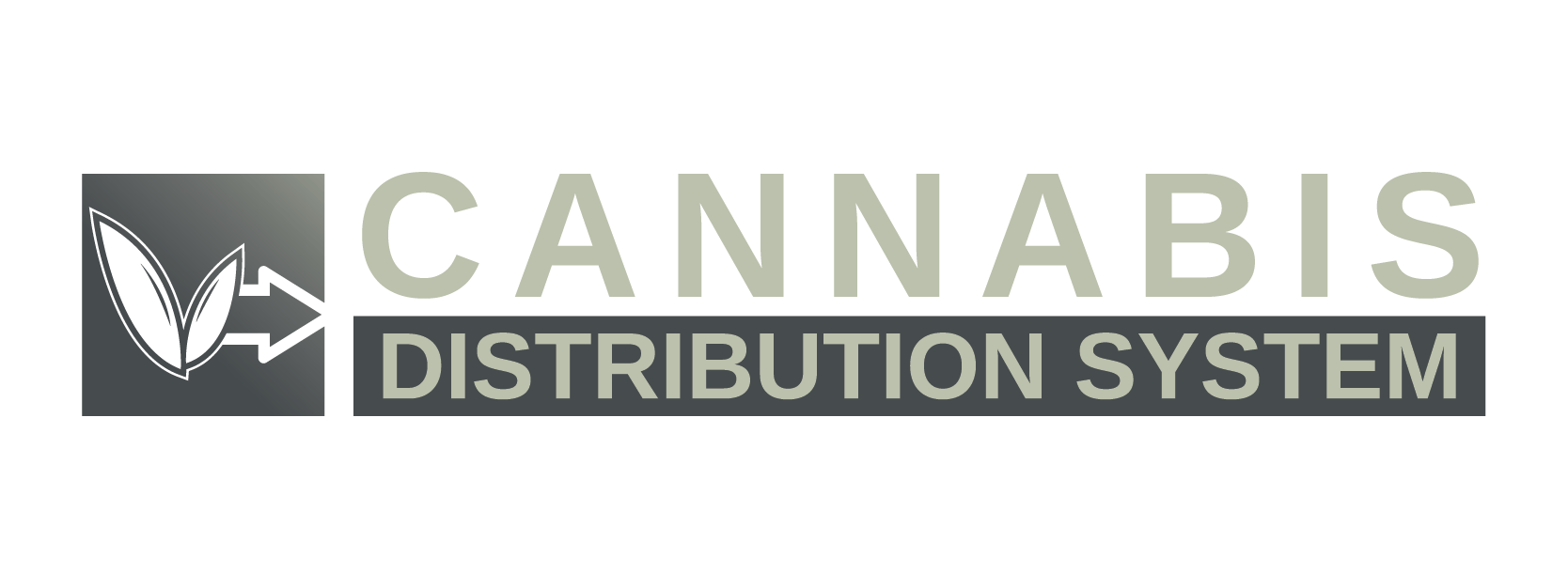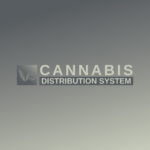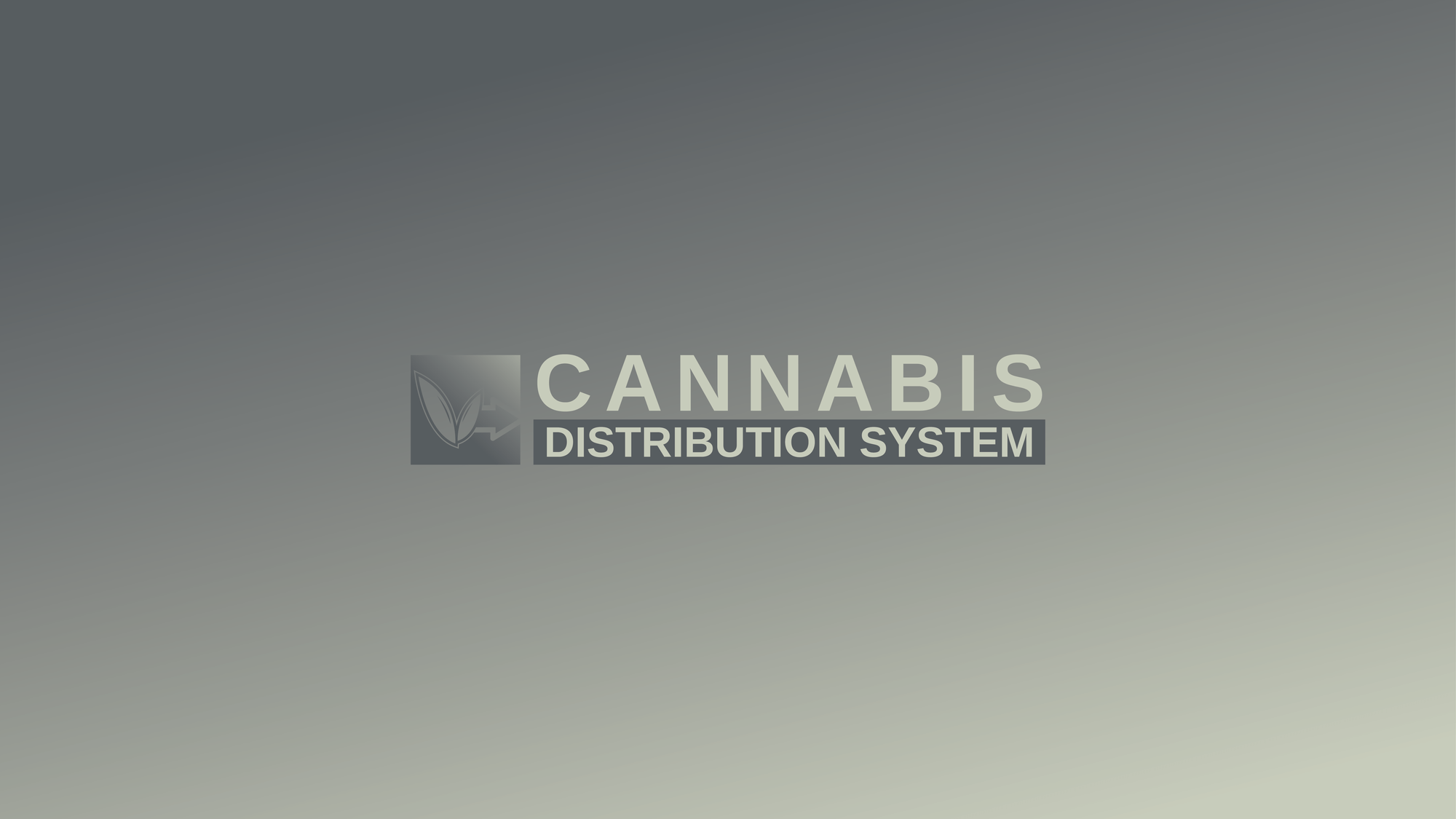Think of the cannabis supply chain like a relay race—every player has a lane, and one misstep can throw off the whole operation. From planting seeds to sealing retail sales, cannabis goes through a journey that’s far more complex than most consumers realize. At the heart of that journey is a role often overshadowed by growers and dispensaries: distribution. It’s the connector, the courier, and in many cases, the compliance enforcer. Without it, the industry would grind to a halt.
From Farm to Shelf: The Supply Chain Breakdown
Let’s map it out. The cannabis supply chain has five key checkpoints:
- Cultivation: This is where it all begins. Licensed growers raise cannabis plants under strict environmental controls, fine-tuning everything from light exposure to humidity. The end result? Flower ready for trimming or transformation.
- Manufacturing: Once harvested, plants head to manufacturers who convert them into all kinds of products—oils, concentrates, edibles, topicals. This is where creativity meets chemistry.
- Testing: Before anything hits shelves, products must pass lab tests. Regulators require testing for potency, heavy metals, mold, and residual solvents. No pass? No sale.
- Distribution: Here’s the middleman magic. Distributors move cannabis between stages, handle storage, track inventory, and often check compliance boxes.
- Retail: Dispensaries and delivery services are the consumer-facing end. Whether it’s a boutique storefront or an online checkout, this is where the supply chain delivers its final product.
So, Where Does Distribution Really Fit?
Right in the middle—and it holds a lot more weight than most assume. Depending on the state, distribution might just mean driving tested products to a dispensary. But in more regulated markets like California, distributors must hold a license and serve as gatekeepers between testing labs and retail.
They often handle:
- Transportation: Secure vehicles with GPS and storage safeguards ensure that nothing gets lost, stolen, or compromised en route.
- Compliance Checks: Labels, lab results, and packaging get reviewed before anything leaves a warehouse. Distributors keep tabs on regulations and double-check that nothing slips through the cracks.
- Storage & Inventory: Warehousing can be critical, especially for edibles, concentrates, and perishable goods. Distributors may store and rotate stock based on product shelf life and retailer demand.
- Seed-to-Sale Tracking: Every movement is logged. Using systems like Metrc, distributors enter transport manifests, inventory updates, and destination data to keep everything compliant and traceable.
The Tech Edge
Modern distribution isn’t just about moving boxes. Today’s distributors leverage digital platforms for real-time inventory management, predictive demand forecasting, and streamlined communication with dispensaries. The more connected the systems, the smoother the supply chain.
For retailers, this means more accurate online menus, fewer out-of-stock frustrations, and better coordination during product launches or seasonal rushes.
Why It Matters
Distribution may not be flashy, but it’s the engine that keeps cannabis commerce running. It balances logistics, regulation, and market demands while ensuring that products make it to consumers safely and legally. In a tightly regulated industry, the difference between success and shutdown can be a distributor that knows how to keep the wheels turning.
As the cannabis industry grows up, expect distribution to evolve into an even more sophisticated—and essential—part of the supply chain.
Read about preventing bottenecks in the cannabis fulfillments process here.



